✨ From Winter Shadows to Spring Light: A Luxurious Gemstone Transition
As winter’s moody allure fades into memory, the world awakens with the vibrant energy of spring — and so should your jewellery collection. In the realm of luxury styling, gemstones have long mirrored the changing of seasons, shifting from the deep, dramatic hues of winter to the radiant, uplifting tones of spring.
This year, we’re embracing the transition with a curated selection of gemstones that channel the spirit of renewal, elegance, and elevated expression.
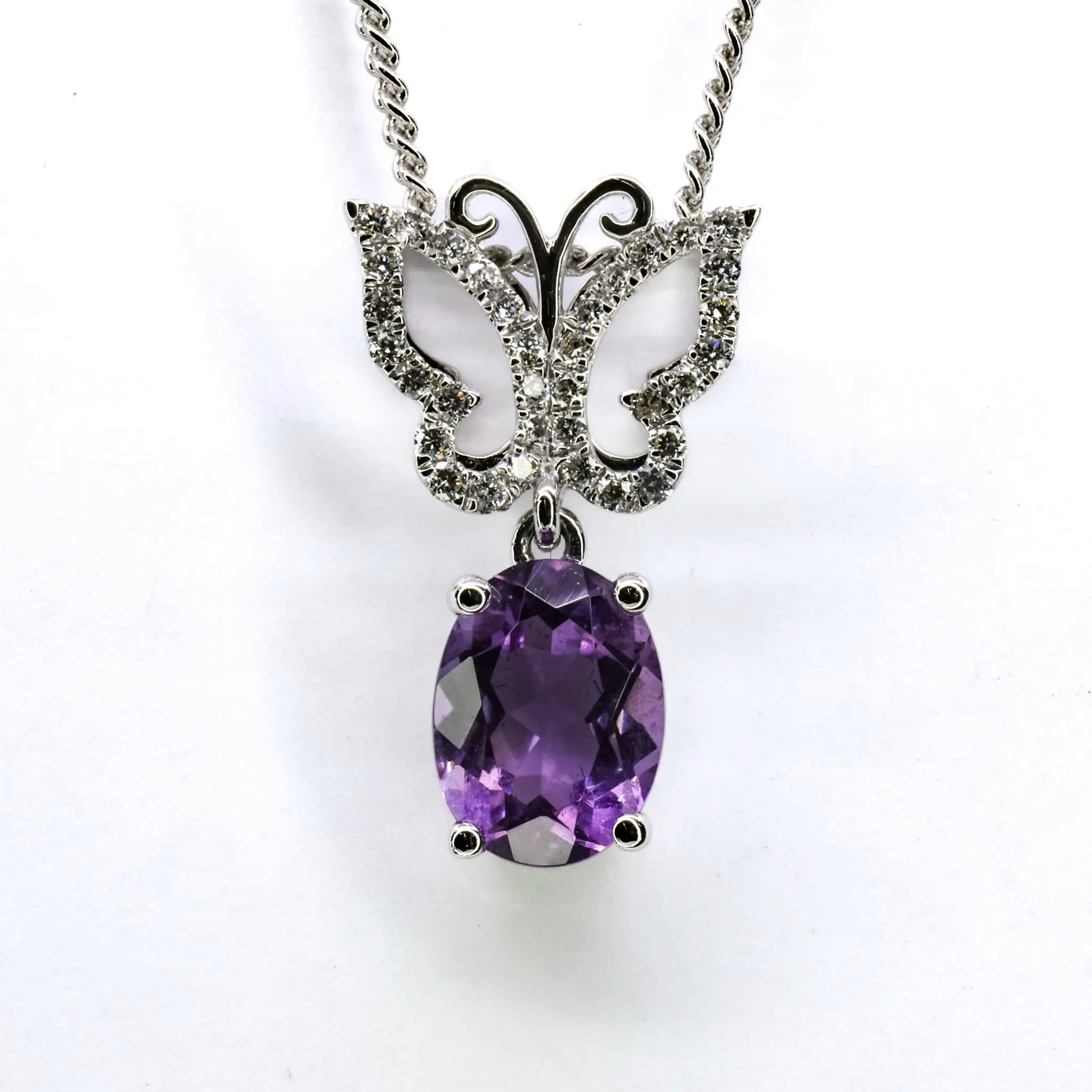
❄️ Winter’s Palette: Sophistication in Shadow
Winter calls for intensity — think inky sapphires, onyx, garnets, and the mysterious depth of black diamonds. These stones echo the longer nights and frost-kissed mornings, exuding a sense of old-world glamour and introspection. Rich, dark hues pair effortlessly with cashmere layers, velvet evening wear, and candlelit soirées.
But as the weather warms and blossoms return, so too does our craving for light, colour, and vitality.
🌸 Spring Awakening: Gemstones in Bloom
Spring brings with it a sense of play, hope, and transformation. The gemstone styles of the season reflect that — lighter, brighter, and full of joy.
Here are the standout stones stealing the spotlight:
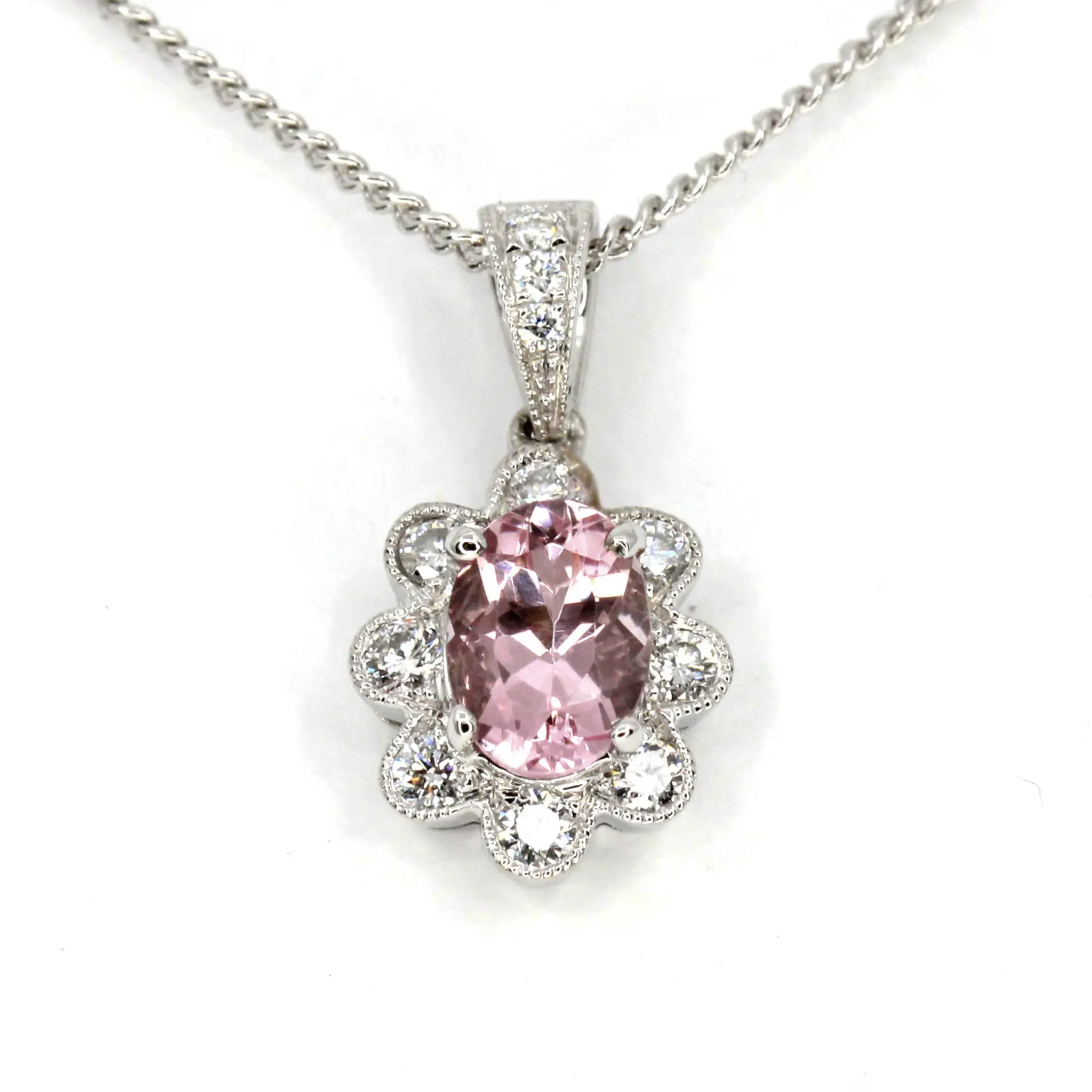
💗 Morganite — The Modern Romantic
Soft blush tones meet high fashion. Morganite is the gemstone equivalent of a spring sunrise. Feminine yet bold, it pairs beautifully with rose gold for an effortlessly modern luxe look. Perfect for engagement rings, delicate pendants, or statement cocktail rings.
Style tip: Layer morganite rings with fine gold bands for a soft but stunning spring-ready stack.
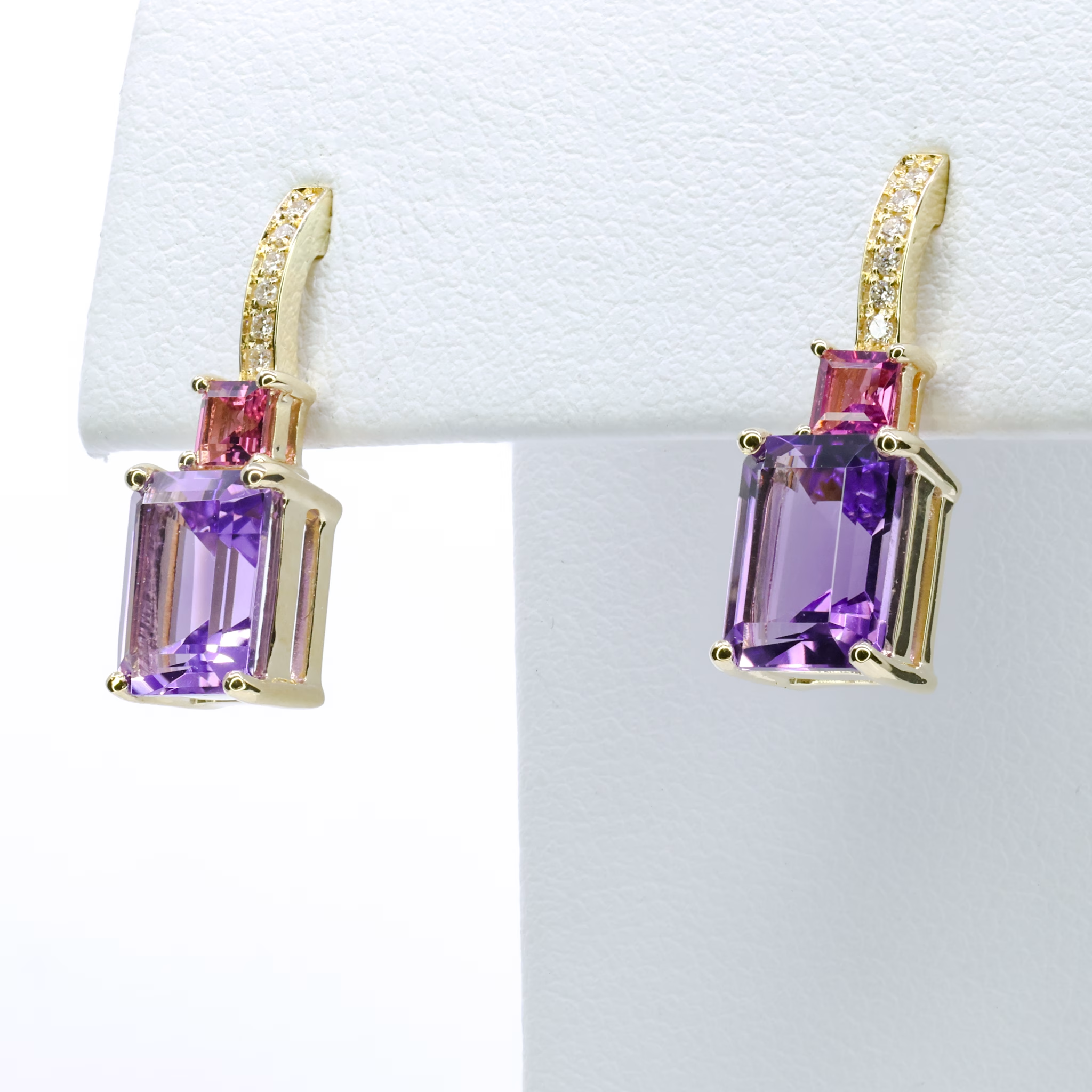
💜 Amethyst — Serenity with a Spark
Long regarded for its calming properties, amethyst is spring’s answer to soulful luxury. Its purple tones range from lavender fields to royal violet — a perfect balance of whimsy and refinement.
Style tip: Choose faceted amethyst earrings or drop pendants to catch the spring light with every turn of the head.
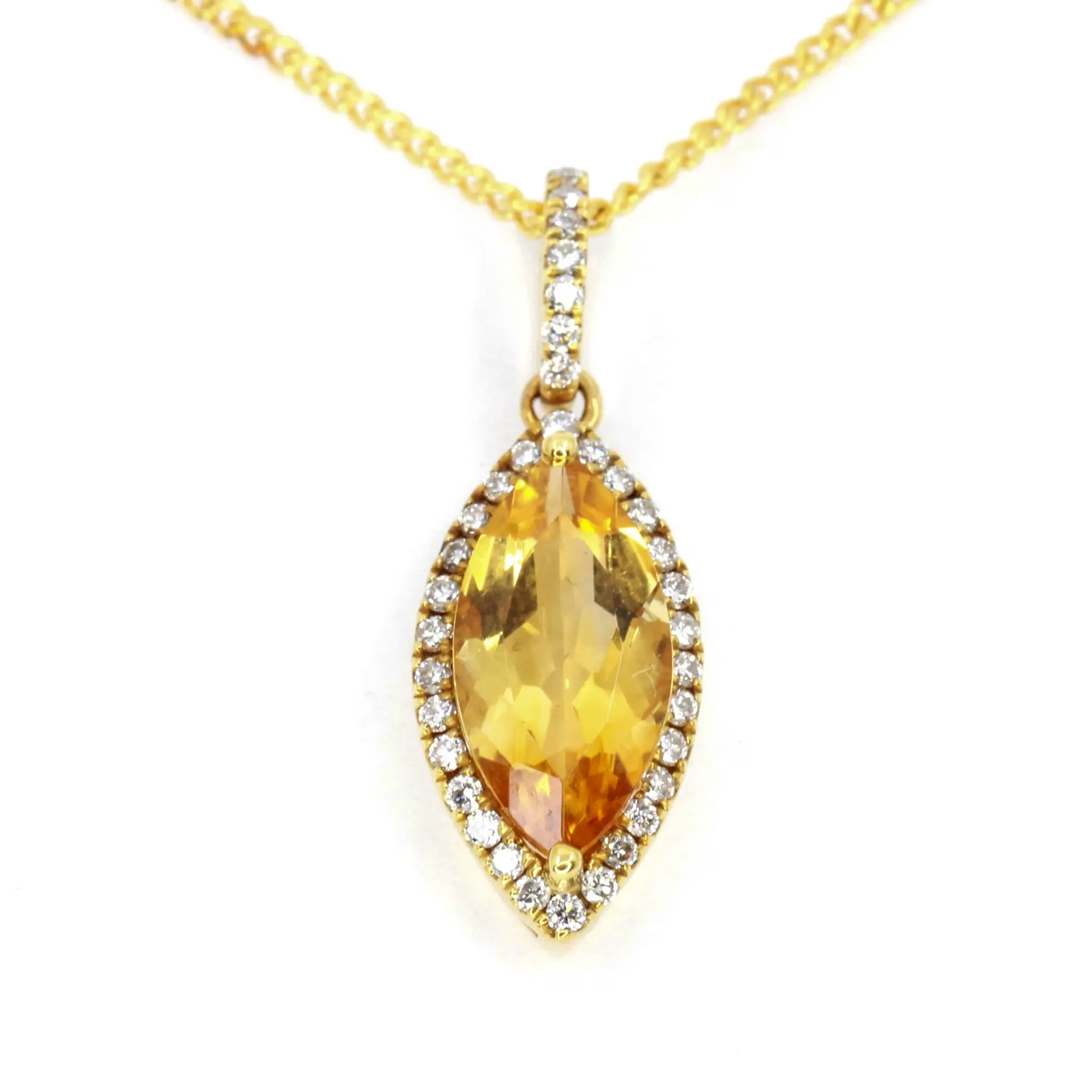
💛 Citrine — Bottled Sunshine
No stone says “joy” quite like citrine. Its golden glow pairs beautifully with spring’s pastels and neutral linens. Whether in bold, geometric cuts or fine vintage-inspired pieces, citrine brings confidence and charisma to your spring wardrobe.
Style tip: Match citrine accessories with crisp white shirts or lemon-toned dresses for a fresh, editorial look.
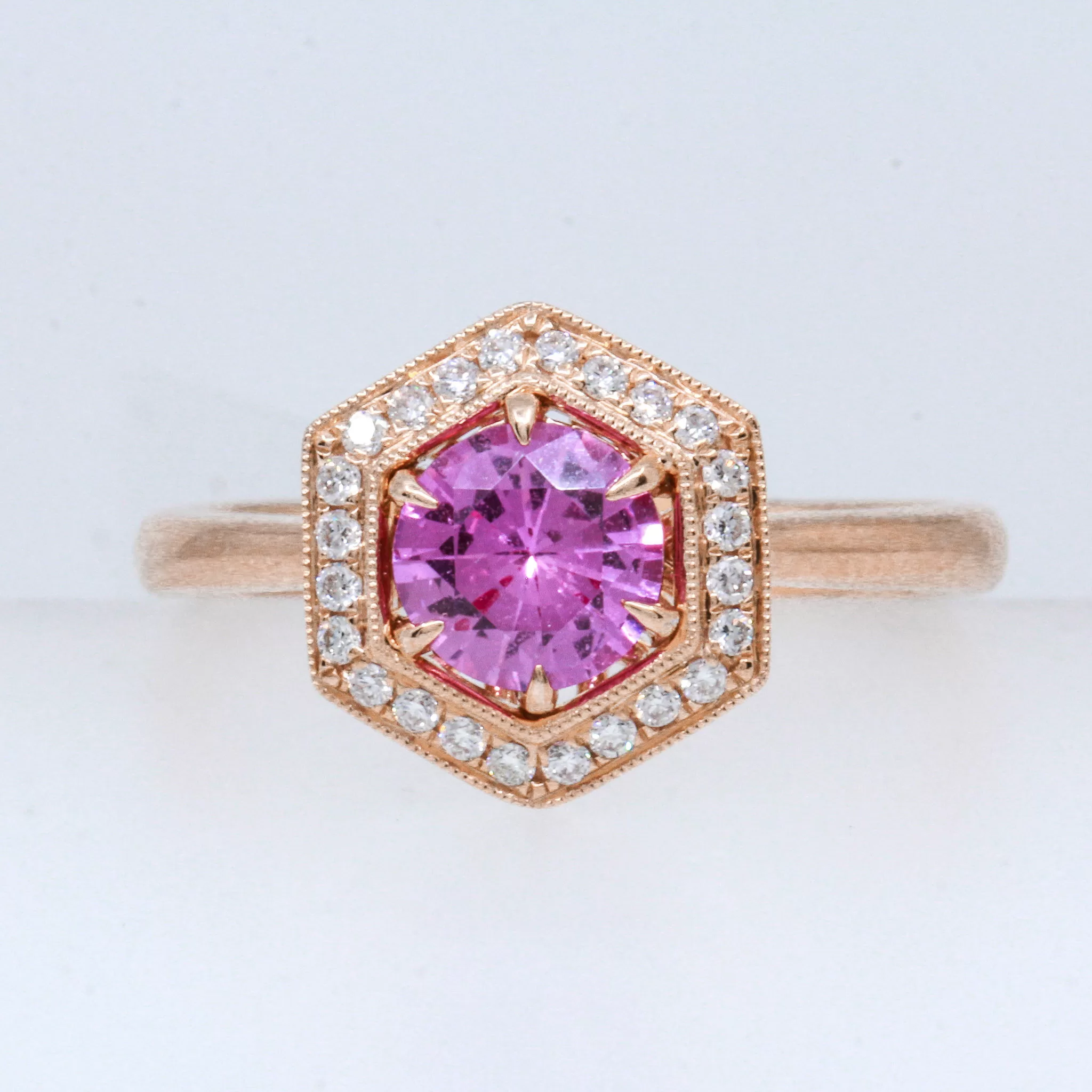
💖 Pink Sapphire — Power Meets Playfulness
Forget delicate — pink sapphires are for the woman who owns every room. From bubble-gum to magenta, this stone bridges the gap between playful spring and statement sophistication.
Style tip: Stack pink sapphire jewellery items against white diamonds for a bold contrast that feels effortlessly luxe.
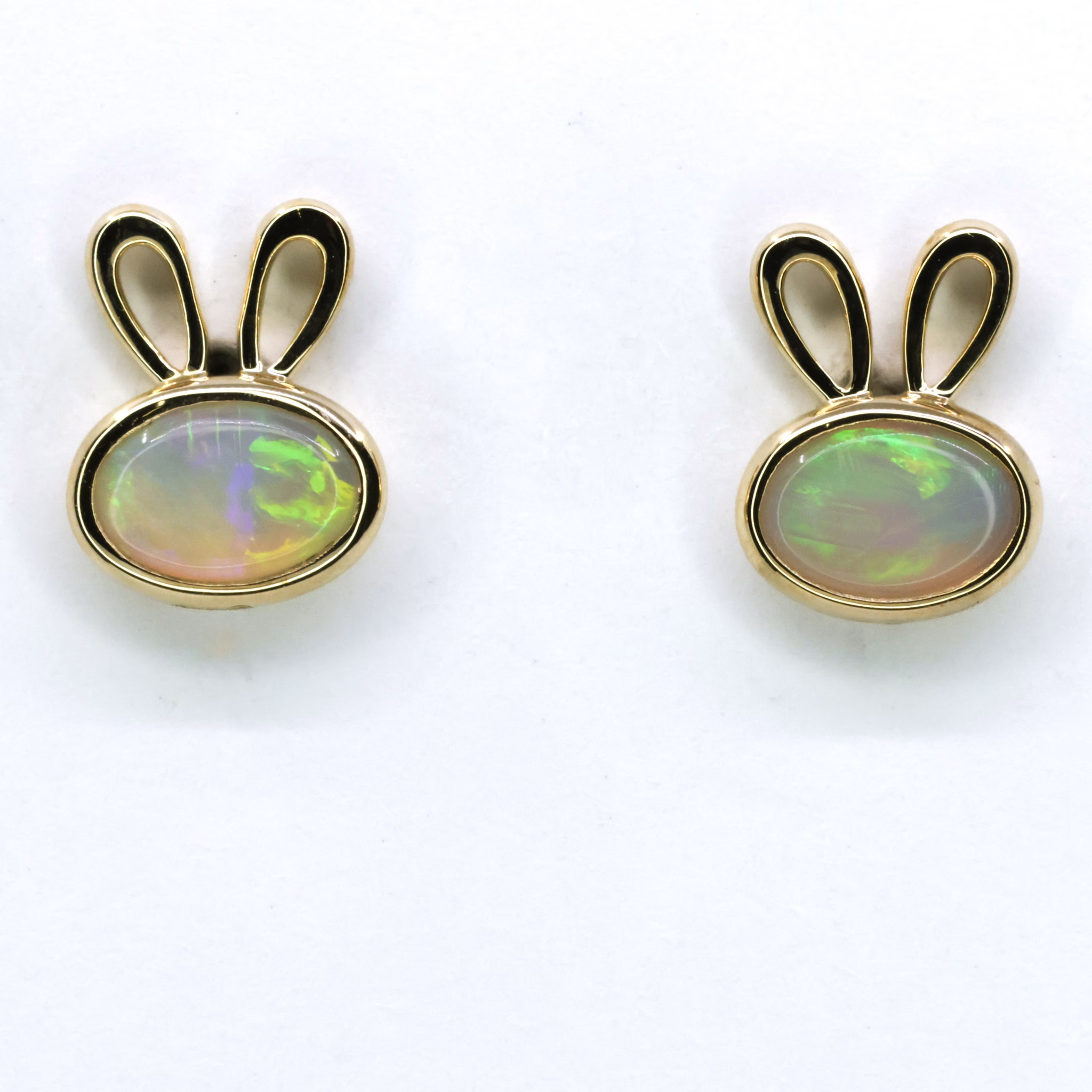
🌈 Opal — Spring’s Kaleidoscope
Opal is the ultimate storytelling stone, with its shifting play of colour reflecting all the hues of spring. Ethereal and unpredictable, it’s the perfect centrepiece for those who love their luxury with a touch of mystery.
Style tip: Choose an opal as your feature jewellery piece for garden parties or spring soirées — no two stones are ever alike.
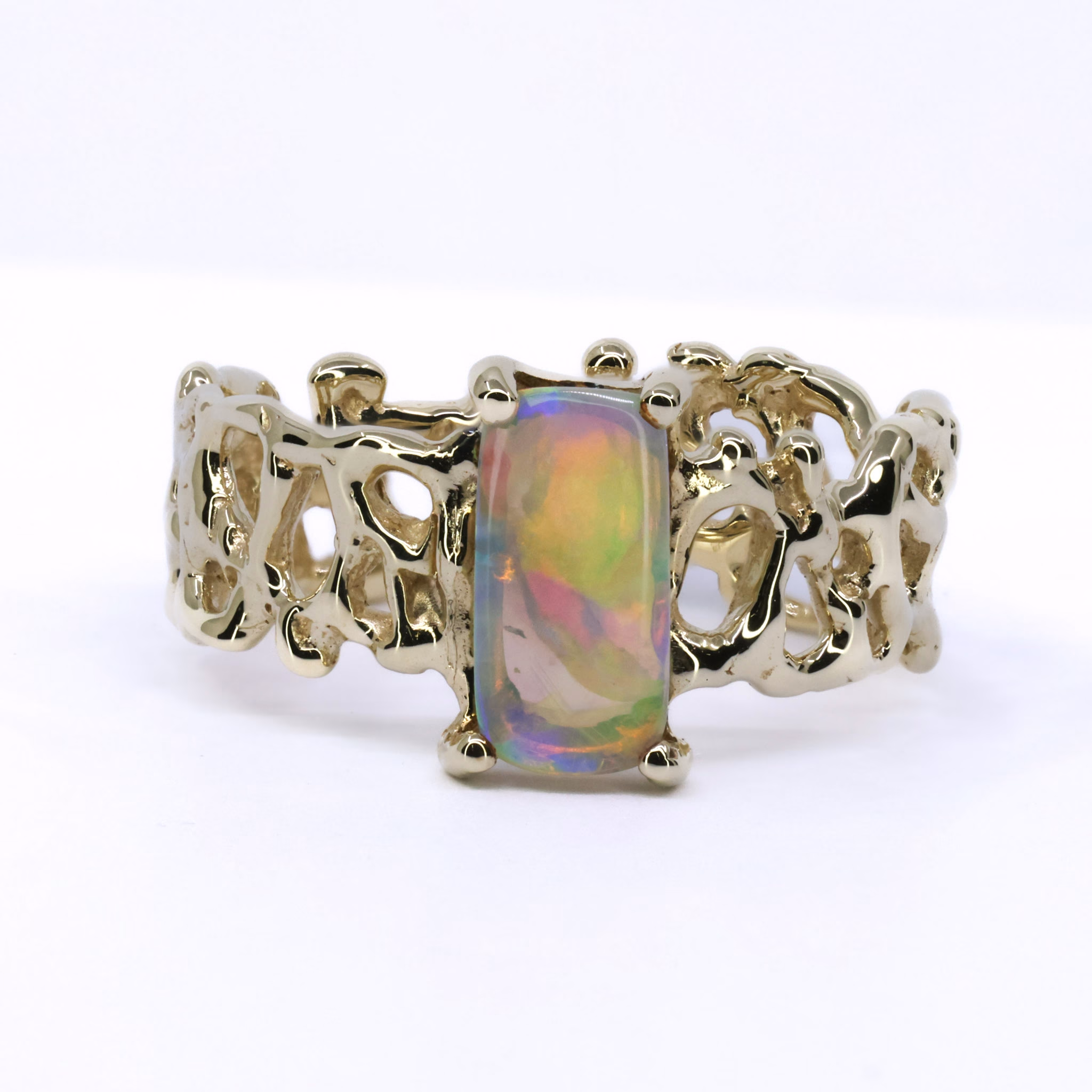
🌿 Final Thought: Your Spring Edit
As you transition your wardrobe from winter coats to breezy silks, don’t forget your jewellery box. Think of gemstones not just as accessories, but as wearable moods — expressions of personal evolution, just like the changing season.
Luxury is not just in the value of a stone, but in how it makes you feel.
This spring, let your style bloom.



 Sign in
Sign in Cart
Cart





















